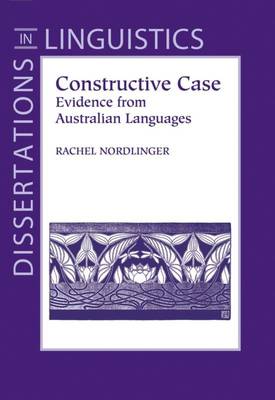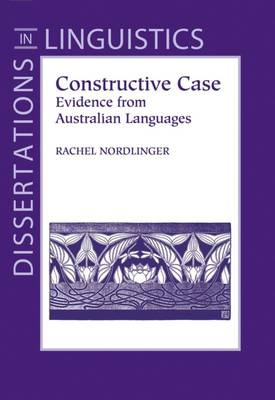
- Afhalen na 1 uur in een winkel met voorraad
- Gratis thuislevering in België vanaf € 30
- Ruim aanbod met 7 miljoen producten
- Afhalen na 1 uur in een winkel met voorraad
- Gratis thuislevering in België vanaf € 30
- Ruim aanbod met 7 miljoen producten
Zoeken
Omschrijving
Australian Aboriginal languages have many interesting grammatical characteristics that challenge some of the central assumptions of current linguistic theory. These languages exhibit many unusual morphosyntactic characteristics that have not yet been adequately incorporated into current linguistic theory. This volume focuses on the complex properties of case morphology in these nonconfigurational languages, including extensive case stacking and the use of case to mark tense/aspect/mood. While problematic for many syntactic approaches, these case properties are given a natural and unified account in the lexicalist model of constructive case developed in this book, which allows case morphology to construct the larger syntactic context independently of phrase structure.
Specificaties
Betrokkenen
- Auteur(s):
- Uitgeverij:
Inhoud
- Aantal bladzijden:
- 208
- Taal:
- Engels
- Reeks:
Eigenschappen
- Productcode (EAN):
- 9781575861340
- Verschijningsdatum:
- 28/06/1998
- Uitvoering:
- Paperback
- Formaat:
- Trade paperback (VS)
- Afmetingen:
- 152 mm x 229 mm
- Gewicht:
- 299 g

Alleen bij Standaard Boekhandel
+ 62 punten op je klantenkaart van Standaard Boekhandel
Beoordelingen
We publiceren alleen reviews die voldoen aan de voorwaarden voor reviews. Bekijk onze voorwaarden voor reviews.








